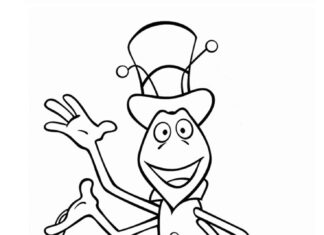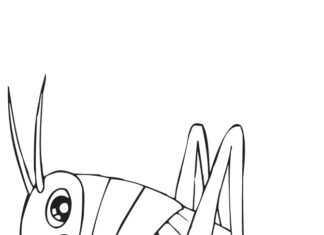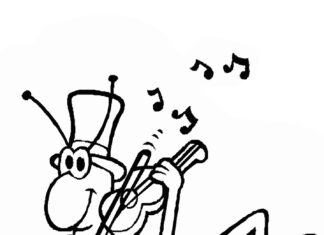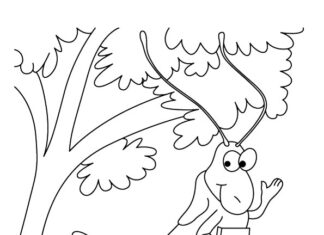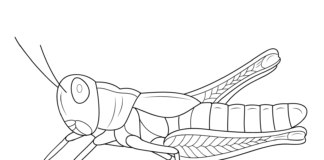The grasshopper (Equus ferus caballus), also known as the wild horse or steppe horse, is a small wild horse that is the ancestor of modern domestic horses. Grasshoppers once inhabited a variety of habitats in Europe and Asia, and are now preserved as an endangered species.
Grasshopper Coloring Pages
information
- Appearance and features: Grasshoppers have small and slender bodies, covered with short fur. Their mane and tail are longer compared to their size, and their legs are relatively slender. Depending on the population, their fur can range from light sandy to dark brown.
- Size: Adult grasshoppers typically reach a height at the withers of 110 to 145 centimeters, making them much smaller than most domestic horses.
- Habitats: In the past, grasshoppers were widely distributed, inhabiting open steppe areas, prairies and other drier habitats. Today, their natural habitats have been greatly reduced.
- Society: Grasshoppers live in herds, which are usually composed of mares and their offspring. These herds can be quite mobile, moving around in search of food and water.
- Food: Their diet is mainly based on grass and other steppe plants. They are adapted to eating low-calorie plants, which allows them to survive in harsh conditions.
- Breeding and domestication: Grasshoppers were originally wild animals, but it was humans who contributed to their domestication and breeding, which led to the creation of various breeds of domestic horses.
- Threats: Today, grasshoppers are threatened with extinction due to habitat loss and exposure to wild domesticated horses that can transmit diseases.
- Security: Many organizations are conducting projects to protect and reintroduce grasshoppers into their natural habitats to help preserve the species.
- History and Significance: Grasshoppers played an important role in human history as the first domesticated horses. They have been used for transportation, field work and war by many cultures.
- Symbolism: Grasshoppers symbolize wildness, freedom and naturalness. They are an important part of the natural and cultural heritage of many regions.
trivia
- Wild ancestor: The grasshopper is considered the ancestor of modern domestic horses. The process of horse domestication began thousands of years ago, and the grasshopper played a key role in it.
- Adaptation to harsh conditions: Grasshoppers are well adapted to life in harsh steppe conditions. Their ability to survive in low-calorie habitats is surprising.
- The famous Tarpan case: The Tarpan, considered a subspecies of the grasshopper, was the last wild horse in Europe. In the 19th and 20th centuries, efforts were made to protect it, but in 1887 the last individual of the species died in captivity.
- Revival: Today, grasshopper reintroduction and conservation projects are being carried out to restore their populations and preserve their natural heritage.
- A tiny fetus: Grasshoppers give birth to relatively small foals, which usually weigh between 10 and 15 kg.
- Speed: Despite being smaller than domestic horses, grasshoppers are very agile and can reach impressive speeds.
- Variety of colors: Their coat can take on various shades of brown, gray and sandy color, an adaptation to a variety of steppe habitats.
- Differentiated behavior patterns: Grasshoppers can sometimes be very skittish, but also curious and anxious about new things. It depends on each grasshopper's personality and experience with people.
- Impact on ecosystems: Grasshoppers play an important role in steppe ecosystems, affecting vegetation and other species through foraging and movement.
- Feed for other animals: In wild habitats, they play the role of food for predators such as wolves and lynx.
- Valuable genes: Grasshoppers carry unique genes that can help enhance the genetic diversity of domestic horses.
- Popularity in ecotourism: Grasshoppers are often an attraction for tourists in areas where they are reintroduced. Ecotourism associated with their observation can help protect the species.

